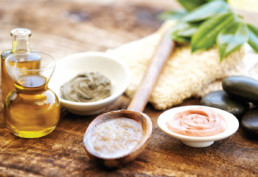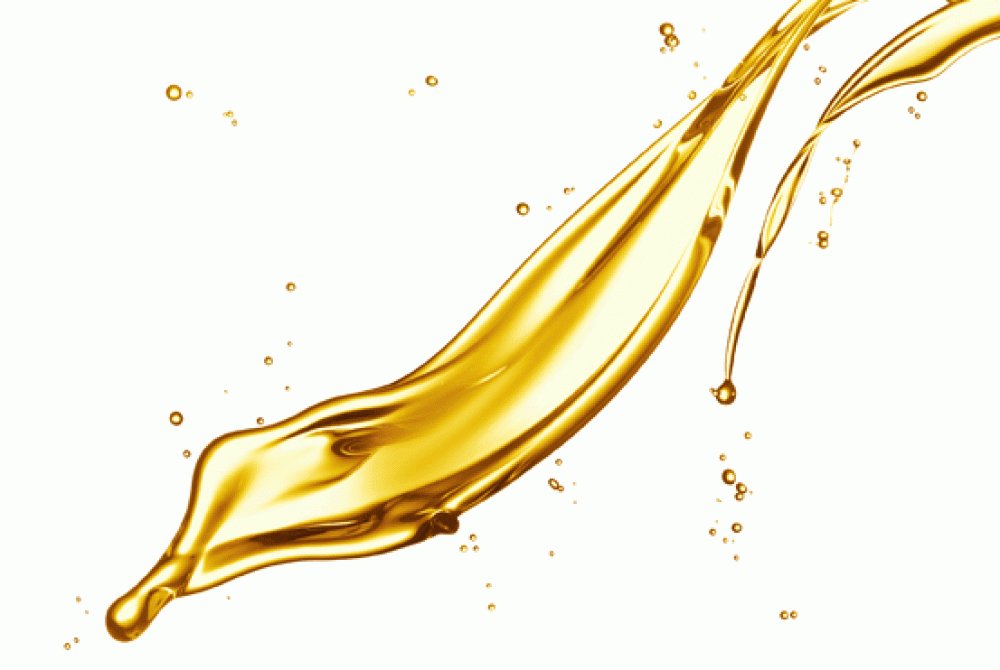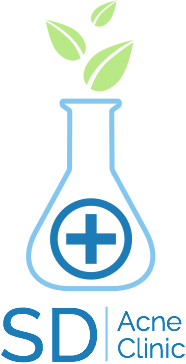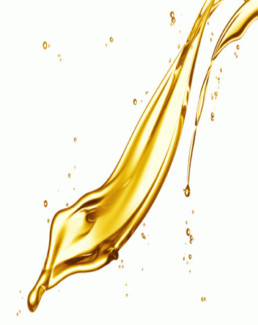Deceptive Marketing in Cosmetics

Deceptive Marketing in Cosmetics
Hello! This week I saw another example of troubling marketing practices in a skin cream and just had to shed some light on it. (FYI: The FDA does not regulate how most items are marketed, so long as companies aren’t claiming they can cure disease or help you lose weight.) Aside from that, it’s almost a free-for-all as to what these companies can allude to.
A client who I’ve been treating for 4 months came in yesterday and her skin had erupted with huge, swollen, breakouts in a way that she hadn’t had in months! After a little digging around I find that she bought a retinol cream that had 1,400+ great reviews on Amazon. It seemed fabulous! Vitamin E, Retinol, Green Tea, the label said things like “soothing”, “organic”, “healing”, even says it’s good for “acne” etc. Peek at the box and the second ingredient is Isopropyl Palmitate. Isopropyl Palmitate is a thick, greasy derivative of Palm Oil that will clog your pores and host more bacteria than Crisco would! I was floored, and it reminded me of the 8+ years that I went through the same rollercoaster ride with my skin. Not fun, not cool.
There are times to invest in a professional. In this day and age, where every product is vying for your attention by using creative language and buzzwords, a skin professional is invaluable! Acne ruins our collagen, our skin texture, and overall appearance of health. Next time your finger wants to click “check out” on that Amazon cart of seemingly magical skin products, fight the urge and schedule a consult with a Pro instead! You’ll be amazed.
The Truth About Oils and Breakouts
The Truth About Oils and Breakouts
We’ve all asked ourselves which kind of skin we have- Am I dry or oily? Combo or just normal? What is “normal” anyway? Most of us fall in the “combo” category, and it’s important to know that each type is indeed normal! We all have a unique level of sebum (natural oil) production, as well as size & activity level of the pore. These differences make us unique from our neighbors and are the primary reason why working with a skin expert in a one-on-one situation yields the best possible results. As a skincare practitioner and long-time acne sufferer, I find myself discussing “oily” skin fairly often, and more often than not, the client is frustrated with this particular trait. Oil can distort makeup, create shine, clog pores, and create an overall icky feeling. While those may all be totally true, there is a HUGE upside to having some slick in your skin!
First thigs first: Protection from the sun. The first line of defense from the elements (sun, wind, cold, heat) is something called the “Lipid Barrier”. Lipid is a synonym for liquid fatty substance (yum). This layer of natural skin oil is what stops the environment from sucking all of our moisture out of us via a process called “TEWL” or Trans-Epidermal Water Loss. Those of us with a bit more oil experience fewer rashes, burns, wrinkles, and UV-induced skin damage because we had a bit more natural protection. This cumulative extra protection translates to much healthier, well-preserved skin in the later years. If you have a grandparent or someone who is over 60 but seems to have no wrinkles, it’s a guarantee they had oily skin back in their hay day.
We’ve all seen it: “Oil-free- won’t clog pores”. Sounds like a safe bet but there’s more to the story and we’ve got the skinny.
Not all oils are created equally. In fact, there can be fatty esters, fatty acids, oleic fatty acids, linoleic fatty acids, just to name a few. There are “dry” oils like Castor oil, and then hydrating oils like Coconut. While some can be healing and produce anti-inflammatory activity inside the body, they can cause immediate breakouts if applied topically (Coconuts, we’re talking about you).
For those of us with breakout-prone skin, using oils topically can be very tricky. It’s generally better to use a Hyaluronic Acid or Aloe based moisturizer. If you’re going through your products and wondering if the oils listed in the ingredient label are safe, here are the primary offenders that have no place on your face: Wheat Germ Oil, Coconut Oil, Soybean oil, Palm Oil, Sulfated Jojoba Oil, Shark Liver Oil (Squalene), Hydrogenated Vegetable Oil, Hydrogenated Castor Oil On the other hand, here are the good guys: Safflower Oil, Sunflower Oil (high Linoleic only), Macadamia Oil (high Linoleic only), Castor Oil
If you see Jojoba, or Argon, Grapeseed, or Rosehips oil, be sure to test the product first on a patch of your skin for a few days. Some manufacturers compound these ingredients to be compatible with our own human oils, and some do not. When in doubt, give your local acne clinic a call or swing by for a product consultation, we are here to help!
Tip: Ladies with over-plucked eyebrows can use Cold-Pressed Castor oil to regrow the hair quickly. It can be purchased at any grocery store and is acne-safe!
Cheers,
San Diego Acne Clinic

Oily Skin: If You've Got It, Love it!

Oily Skin: If You’ve Got It, Love it!
We’ve all asked ourselves which kind of skin we have- Am I dry or oily? Combo or just normal? What is “normal” anyway? Most of us fall in the “combo” category, and it’s important to know that each type is indeed normal! We all have a unique level of sebum (natural oil) production, as well as size & activity level of the pore. These differences make us unique from our neighbors and are the primary reason why working with a skin expert in a one-on-one situation yields the best possible results. As a skincare practitioner and long-time acne sufferer, I find myself discussing “oily” skin fairly often, and more often than not, the client is frustrated with this particular trait. Oil can distort makeup, create shine, clog pores, and create an overall icky feeling. While those may all be totally true, there is a HUGE upside to having some slick in your skin!
First thigs first: Protection from the sun. The first line of defense from the elements (sun, wind, cold, heat) is something called the “Lipid Barrier”. Lipid is a synonym for liquid fatty substance (yum). This layer of natural skin oil is what stops the environment from sucking all of our moisture out of us via a process called “TEWL” or Trans-Epidermal Water Loss. Those of us with a bit more oil experience fewer rashes, burns, wrinkles, and UV-induced skin damage because we had a bit more natural protection. This cumulative extra protection translates to much healthier, well-preserved skin in the later years. If you have a grandparent or someone who is over 60 but seems to have no wrinkles, it’s a guarantee they had oily skin back in their hay day.
But what about the increase in breakouts from having oily skin? It’s true that oil can almost always lead to acne or create a more acne-prone environment- that is, until you zero in on the perfect regimen for your unique skin. Using the right type of exfoliator for your type of skin and lifestyle will magically control your acne without stripping your natural moisture level- this is the sweet spot! The ideal skin regimen will vary, but the result will be shine control, balanced skin moisture, reduction in clogged pores, and smoother, radiant skin. Some folks just need a scrub a few times a week, others every day. Some of us need a scrub and an exfoliating serum, some just a serum and a salicylic toner (for example). Play around with your regimen until you achieve balance, and don’t be afraid a little glow!
Bottom line: Proper exfoliation is the name of the game! Don’t curse your oily skin, just know that it’s got your back and will keep you looking younger & radiant in the long run!

